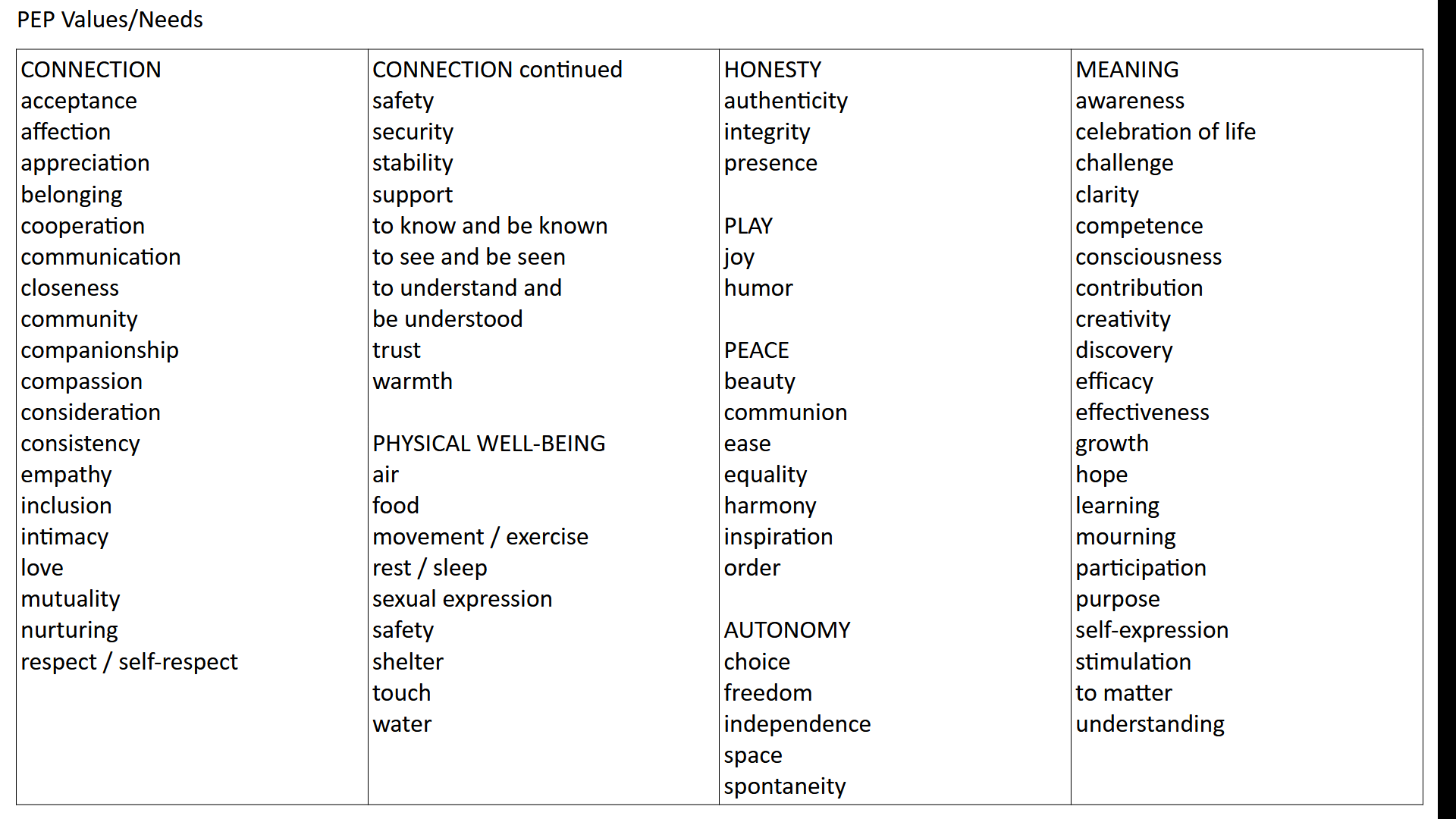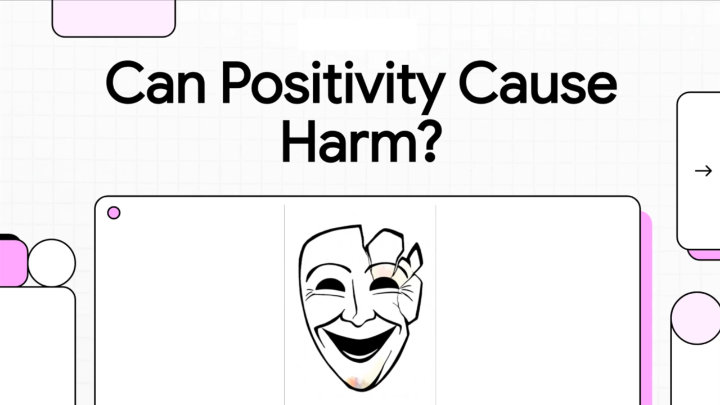AND a 12 minute 2-person talk on same: https://clearsay.net/wp-content/uploads/2025/08/Positivity-and-harm.mp3
video created with the help of AI tools
Summary
The Potential Harm of Excessive Positivity and the Power of Empathy
Source: Excerpts from Chapter 21 – Can positivity cause harm? from “A Practical EmPath: Rewire Your Mind” by Scott Howard Swain.
I. Main Theme: The Detrimental Effects of Excessive Positivity and the Importance of Authentic Emotional Expression
This chapter challenges the widely held belief that positivity is always beneficial, arguing that “being excessively positive can sometimes be as destructive as being negative.” The core argument revolves around the idea that a constant positive facade, or “positivity mask,” can hinder authenticity, prevent the acceptance of negative experiences, and ultimately undermine genuine connection and emotional development.
II. Key Ideas and Facts:
A. The “Positivity Mask” and its Impact on Authenticity
The author introduces the concept of a “mask” that individuals wear, not always consciously, to hide parts of themselves. This mask exists on a spectrum (1% to 99%), suggesting that everyone, to some degree, “hides a bit of ourselves, based on context.” An “overly positive attitude” can prevent individuals from fully accepting their own and others’ negative experiences.
- Quote: “But what about the mask we may wear for ourselves and others? ‘What me wear a mask? No way!’ What if you think of your mask as being on a spectrum; 1% to 99%, rather than limiting it to either 0% or 100%? In other words, what if we all hide a bit of ourselves, based on context?”
- Quote: “What if an overly positive attitude prevents us from fully accepting the negative experiences of ourselves and others? When our own or another person’s negative experiences are not accepted, what affect does this have on them and our view of ourselves and others?”
B. The Personal Revelation: Embracing “Inner Darkness”
The author shares a personal anecdote from a dance experience where an initial anger towards others sharing negative feelings transformed into profound sadness and “bittersweet joy” upon hearing someone speak openly about their dog’s death. This moment sparked a “new, deep exploration of the parts of me I somewhat unknowingly kept hidden from myself and others. A new level of authenticity I didn’t realize was missing.” This experience highlights the value of vulnerability and the acceptance of “inner darkness.”
- Quote: “Then, one day someone shared about how their dog had died and it had tainted their whole dance and it was painful for them to see so much celebration in the dance of others. I had a feeling in my chest and throat of extreme sadness and tears welled up in my eyes. I also felt a sort of bittersweet joy. I felt honored that this person had the humility, courage, and trust to share such deep sorrow with so many relative strangers. It prompted the beginning of a new, deep exploration of the parts of me I somewhat unknowingly kept hidden from myself and others. A new level of authenticity I didn’t realize was missing.”
- Quote: “None of us is without some inner darkness. The world is not all light and positivity. Buddhism teaches that one of the primary paths to spiritual growth and, ultimately, awakening or enlightenment, is the acceptance of all things as they are in this moment, positive and negative.”
C. The Pitfalls of Reassurance and “Happy-ing Up” Others
The document strongly cautions against attempting to change another person’s emotional state through immediate reassurance or by trying to “happy up” someone in pain. Such actions, while well-intentioned, can be counterproductive.
- Quote: “Part of that ‘push / pull’ is that the person we are trying to ‘happy up’ might be receiving the message that their feelings are not cool and should be ignored, gotten over, or hidden.”
- Quote: “When we defend or save someone, we deprive them of the opportunity to practice saving themselves.” This can implicitly teach the opposite of acceptance.
- Interfering to change someone’s mood often serves the helper’s own needs (e.g., need to be seen, heard, nurtured, or for power) rather than genuinely assisting the person in distress.
D. The Power of Empathy as a Supportive Response
Instead of reassurance, the chapter advocates for empathy as the most powerful gift one can offer. Empathetic contact involves simply acknowledging and guessing at another person’s feelings and needs, without judgment or an agenda to fix their emotional state.
- Quote: “Empathy is usually the most powerful gift you can offer. Simple empathetic contact or guesses like: ‘Are you feeling pretty worried?’ ‘That sounds scary.'”
- Quote: “Empathetic presence doesn’t make the fear or pain go away. It simply provides someone the warmth of companionship in a difficult place. It shows acceptance for the state they are in, rather than giving the message that those are ugly emotions that must be hidden or gotten over as fast as possible.”
E. Impact on Children and Promoting Independence
The document highlights the critical impact of these approaches on children’s emotional development. Consistently responding to a child’s distress with rewards, punishment, or immediate “happy-ing up” instead of empathy can teach them to suppress negative emotions.
- Quote: “If a child is hurt and you consistently offer reward or punishment instead of empathy, they are being given the message that feelings of discomfort, pain, fear, and anger are unacceptable emotions to have and must be hidden or ‘gotten over’ as soon as possible.”
- This can lead to adults who are “afraid to look inside themselves; ignorant of how to express themselves honestly… addicted to positivity and comfort.”
- Promoting independence means supporting children in understanding and managing their own feelings, not making them happy. The example of a child saying “I’m bored” illustrates an empathetic response: “I hear ya. You are bored. Are you wanting more camaraderie, mental stimulation, physical stimulation, challenge, or…?”
F. Thoughtful Reassurance
While empathy is generally preferred, the author acknowledges that reassurance or advice might sometimes be needed. However, it should be offered thoughtfully and after offering empathy, and ideally, by first asking if the person would like reassurance or advice. Seeking feedback on whether the reassurance was helpful is also encouraged.
- Quote: “Yes, the person in distress might actually need reassurance or advice. But if you ask people if they would just like to be heard, you might be surprised how often they say yes.”
- Quote: “The next time you offer reassurance to someone, first try asking for feedback. You could ask, ‘Was it helpful to hear that?’ If it wasn’t helpful, you can ask, ‘What would be helpful?'”
III. Practical Empathy Practice (P.E.P.) Principles (Background Knowledge):
While not explicitly detailed in the main chapter text, the initial notes provide context for P.E.P., which underpins the chapter’s approach:
- Goals: Liberate, understand, strengthen connection, increase responsibility, display clarity, empower self and others.
- Language: Avoid language that implies making someone feel something (e.g., “you made me feel”). Instead, focus on “did you feel…?”
- Components: Observation without evaluation (mostly their words, subconscious processing of body language), recognizing and guessing feelings, and guessing at values/needs/motives/wants.
IV. Core Message Summary:
The central message is that authentic emotional expression, encompassing both positive and negative experiences, is crucial for genuine connection, personal growth, and independence. Excessive positivity, especially when used to bypass or suppress difficult emotions in oneself or others, acts as a mask that prevents deep understanding and can be detrimental to emotional well-being. Empathy, which offers companionship and acceptance without trying to fix or change, is presented as a far more powerful and constructive response to distress than immediate reassurance or forced positivity.
The full values / needs list:











Recent Comments